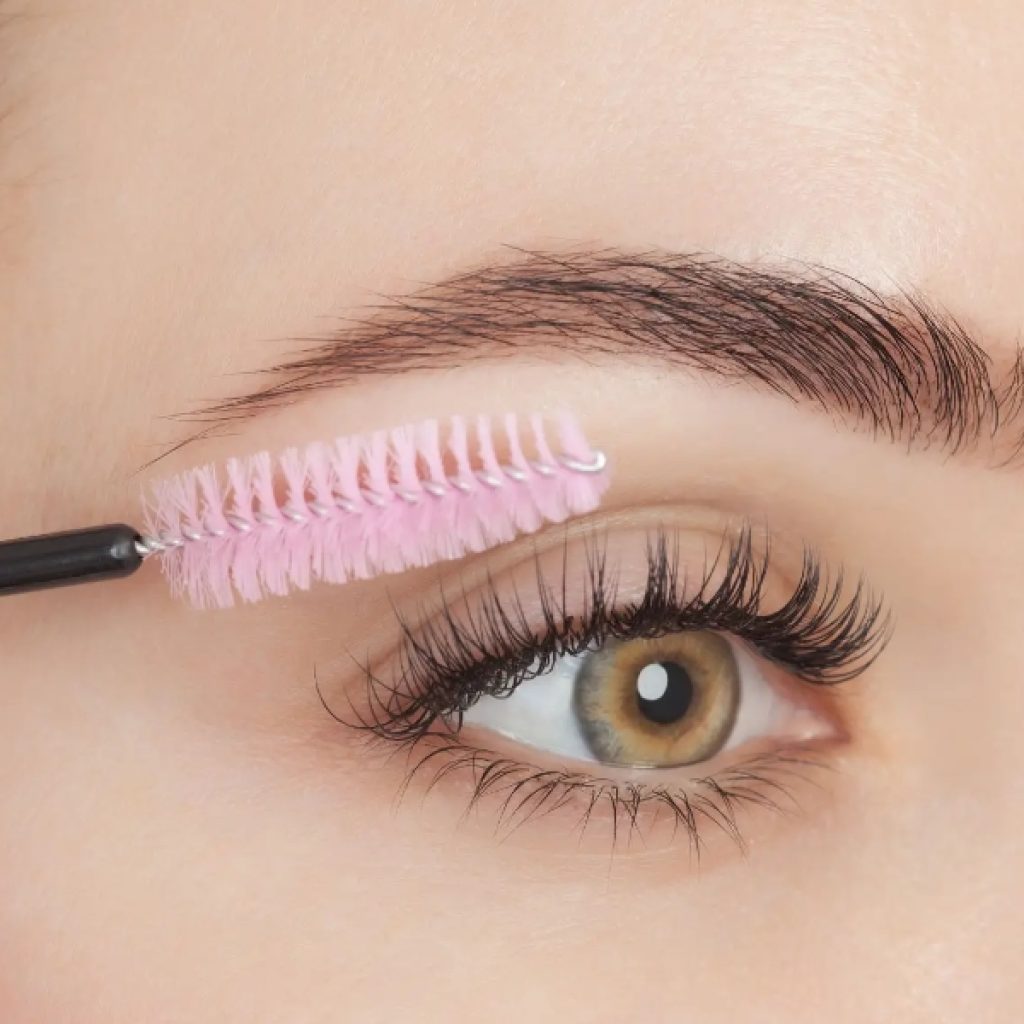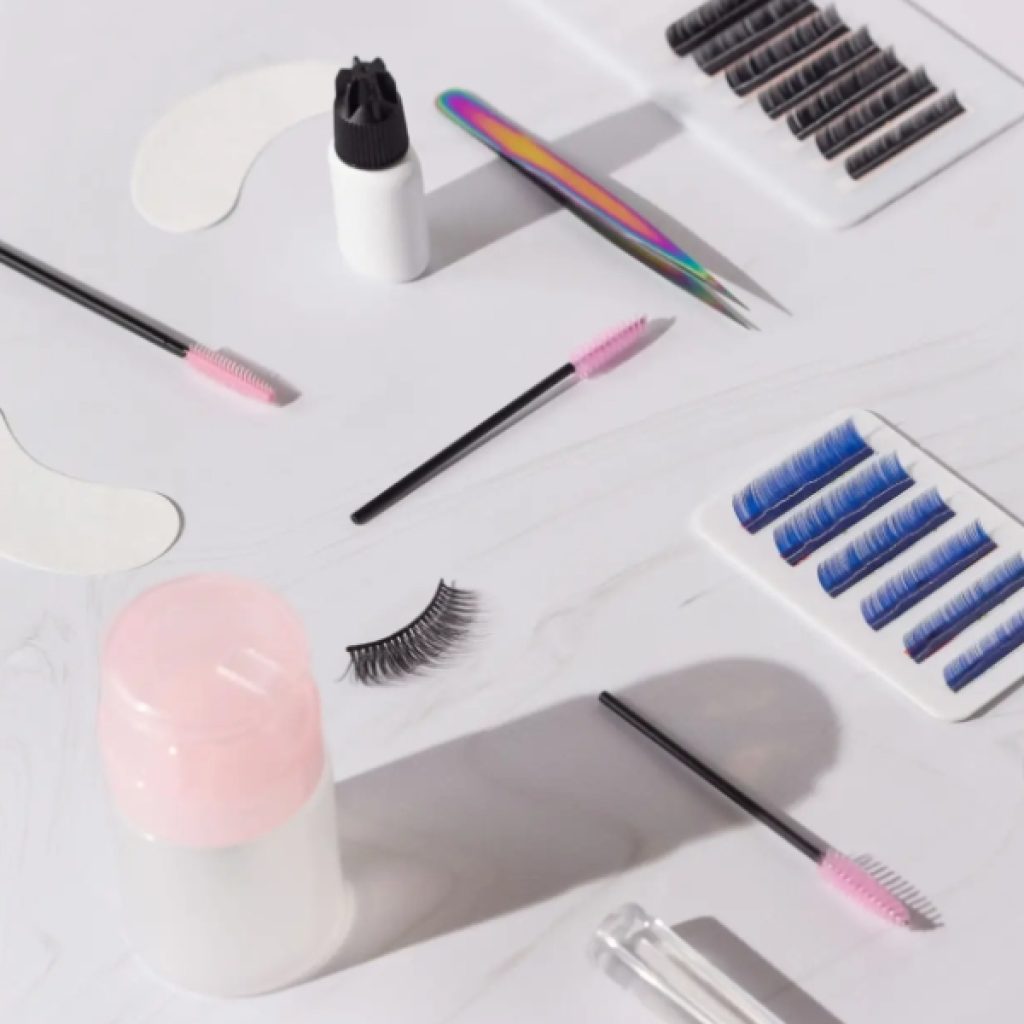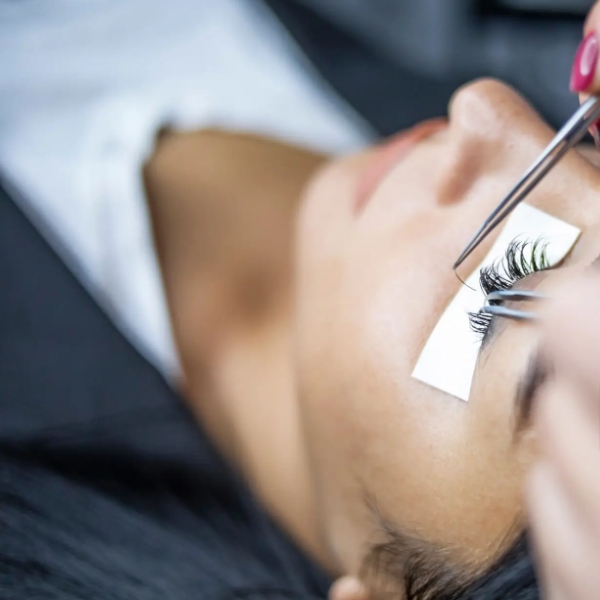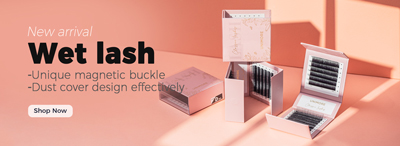As a salon owner, offering high-quality lash extensions can be a fantastic way to attract new clients and increase revenue. However, for many salons, particularly those who are new to the industry, the process of offering lash extensions can be overwhelming and intimidating. In this article, we will demystify the process of offering lash extensions, providing practical tips and tricks to help salons simplify and streamline their service, making it easier to offer this popular treatment.
Section 1: Understanding Lash Extensions
Lash extensions have become a staple in the beauty industry, offering a quick and easy way to enhance the natural beauty of a client's lashes. This popular treatment involves applying individual or strip lashes to the upper or lower lash line, depending on the desired look and effect.
Types of Lash Extensions
There are several types of lash extensions available, each with its unique characteristics and benefits. Some of the most common types include:
Synthetic Lashes: Made from a synthetic material, these lashes are durable and easy to apply. They are also more affordable than other types of lashes, making them a popular choice for many clients.
Mink Lashes: Made from the hair of the Siberian mink, these lashes are known for their soft, natural appearance and gentle touch. They are a popular choice for clients who want a more natural-looking lash extension.
Silk Lashes: Made from high-quality silk fibers, these lashes are known for their lightweight and soft texture. They are a popular choice for clients who want a comfortable and natural-looking lash extension.

Techniques Used in Lash Extension Application
There are several techniques used in lash extension applications, each with its own benefits and advantages. Some of the most common techniques include:
Strip Lashes: This technique involves applying a full strip of lashes to the upper or lower lash line. This is a quick and easy way to add volume and length to the lashes.
Individual Lashes: This technique involves applying individual lashes to each natural lash. This is a more time-consuming process, but it offers more customization options and a more natural-looking result.
Cluster Lashes: This technique involves applying multiple lashes to a small area of the lash line. This is a good option for clients who want to add volume and drama to their lashes.
Section 2: Simplifying the Process
Preparing the lashes for extension application is a critical step in achieving natural-looking results. This involves a few simple steps that can be easily followed to ensure a smooth and efficient process.
Pre-Application Preparation
Before applying the extensions, it's essential to:
Cleanse the lashes: Use a gentle cleanser to remove any dirt, oil, or makeup from the lashes. This helps the adhesive bond better and ensures a clean application surface.
Tweeze stray hairs: Gently remove any stray hairs or clumps to create a clean canvas for the extensions.
Dry the lashes: Ensure the lashes are completely dry before applying the extensions to prevent any moisture from affecting the adhesive.
Selecting the Right Lashes
When selecting the right length and thickness for each client's lashes, consider:
Consulting with the client: Discuss their desired look and preferences with them. This will help you understand their needs and expectations.
Taking measurements: Measure the client's natural lashes to determine the best length and thickness for their extensions.
Streamlining the Application Process
To simplify the application process, consider using:
Pre-tipped lashes: These have adhesive already applied, making it easier to apply and reducing waste.
Lash strips with adhesive: Similar to pre-tipped lashes, these strips have adhesive applied, making it a quick and easy application process.
Special Considerations
For clients with sensitive eyes or skin, it's essential to:
Use hypoallergenic products: Opt for products that are gentle on sensitive skin and eyes.
Offer aftercare instructions: Provide clients with detailed aftercare instructions to minimize irritation and discomfort.
Section 3: Time-Saving Techniques
As a lash extension technician, managing your time effectively is crucial to providing excellent service to multiple clients while maintaining your sanity. Here are some time-saving techniques to help you streamline your workflow:
Effective Appointment Scheduling
Use a scheduling system: Implement a system for tracking appointments and prioritizing tasks. This can be a physical planner, a digital calendar, or even an app.
Set reminders: Set reminders for upcoming appointments and deadlines to ensure you stay on track.
Block out dedicated times: Schedule specific times for tasks like cleaning, restocking supplies, and taking breaks to avoid overlapping tasks.
Streamlining Tools and Products
Invest in high-quality tools: Invest in high-quality lash extension tools and products that can help streamline the process. This includes lash glue, tweezers, and lash curlers.

Optimize your workspace: Organize your workspace to minimize clutter and maximize efficiency. This includes having all the necessary supplies within easy reach.
Client-Centered Approach
Prioritize client attention: When working with clients who have sensitive eyes or skin, prioritize their needs and concerns. Take breaks to give them extra attention and reassurance.
Build trust: Building trust with clients is essential for a positive experience. By taking the time to listen to their concerns and address them, you can create a loyal client base.
Additional Tips
Batch similar tasks: Group similar tasks together, such as applying lashes or cleaning equipment, to maximize efficiency.
Take breaks: Take regular breaks to rest your eyes and recharge. This will help you stay focused and maintain your energy levels throughout the day.
Stay organized: Keep track of your schedule, inventory, and client records to avoid last-minute scrambles and ensure a smooth workflow.
Section 4: Quality Control and Aftercare
Sanitation and Hygiene
Sanitize equipment: Regularly sanitize all equipment, including lash curlers, tweezers, and lash glue applicators, to prevent the spread of bacteria and other contaminants.
Dispose of used materials: Properly dispose of used materials, such as lashes, glue, and cotton pads, to maintain a clean and hygienic environment.
Clean and disinfect the workspace: Clean and disinfect the workspace, including countertops, chairs, and floors, to prevent the spread of bacteria and other contaminants.
Aftercare Instructions
Provide detailed instructions: Provide clients with detailed aftercare instructions on how to care for their new lashes, including how to clean and maintain them.
Recommend products: Recommend specific products for clients to use at home, such as gentle cleansers and moisturizers, to help extend the life of their lashes.
Monitor client progress: Monitor client progress and provide guidance on how to address any issues or concerns they may have.
Quality Control in the Salon
Staff training: Ensure all staff members are trained on proper techniques for lash extension application, sanitation, and aftercare.
Ongoing support: Provide ongoing support to staff members to ensure they feel confident in their abilities and can provide excellent service to clients.
Quality control checks: Conduct regular quality control checks to ensure staff members are adhering to proper techniques and sanitation protocols.
Additional Tips
Use a lash cleaning solution: Use a lash cleaning solution specifically designed for lash extensions to gently clean the lashes and remove any dirt or debris.
Avoid sharing equipment: Avoid sharing equipment or tools with other technicians or clients to prevent the spread of bacteria and other contaminants.
Keep records: Keep accurate records of client appointments, treatments, and aftercare instructions to ensure continuity of care and to identify any potential issues.
Section 5: Common Mistakes to Avoid
As a lash extension technician, it's essential to be aware of common mistakes that can compromise the quality of your work and damage your reputation. Here are some common mistakes to avoid:
Using Low-Quality Products or Techniques
Low-quality lashes: Using low-quality lashes can result in unnatural-looking results, such as lashes that are too thick, too thin, or unevenly spaced.
Inadequate sanitation: Failing to properly sanitize equipment and workspace can lead to the spread of bacteria and other contaminants.
Improper application techniques: Using the wrong techniques or applying extensions too tightly or too loosely can cause discomfort, damage to the client's natural lashes, or even eye irritation.
Over- or Under-Gluing
Over-gluing: Applying too much adhesive can cause irritation, discomfort, or even damage to the client's eyes or skin.
Under-gluing: Applying too little adhesive can cause the extensions to fall off prematurely, leading to disappointment and frustration for the client.
Additional Mistakes to Avoid
Not following aftercare instructions: Failing to provide clients with proper aftercare instructions can lead to poor lash health and maintenance.
Not checking for allergies: Failing to check for allergies before applying lash extensions can cause adverse reactions or skin irritations.
Not maintaining a clean workspace: Failing to maintain a clean and organized workspace can lead to contamination and compromise the quality of your work.
Best Practices
Use high-quality products: Invest in high-quality products and materials to ensure the best possible results.
Follow proper application techniques: Stay up-to-date with the latest techniques and guidelines for lash extension application.
Pay attention to client feedback: Listen to client feedback and concerns, and adjust your techniques accordingly.
Maintain a clean workspace: Keep your workspace clean and organized to prevent contamination and ensure a hygienic environment.
Conclusion
Offering high-quality lash extensions doesn't have to be overwhelming for salons. By simplifying the process and focusing on quality control, you can provide your clients with exceptional results while building trust and loyalty. Remember to prioritize proper sanitation, use high-quality products, and provide excellent aftercare instructions.
By following these tips and tricks, you'll be well on your way to becoming a master of lash extensions. For additional resources or further learning opportunities, check out our links below.







